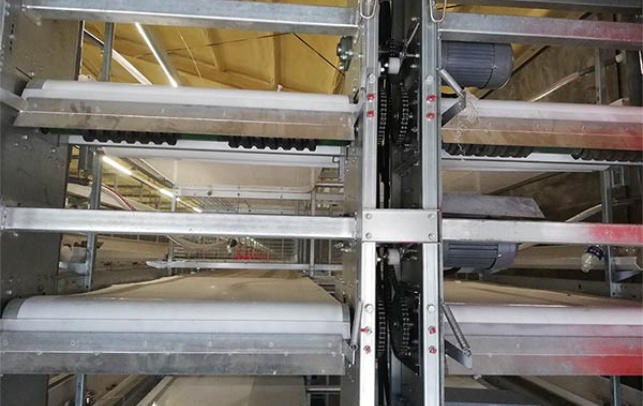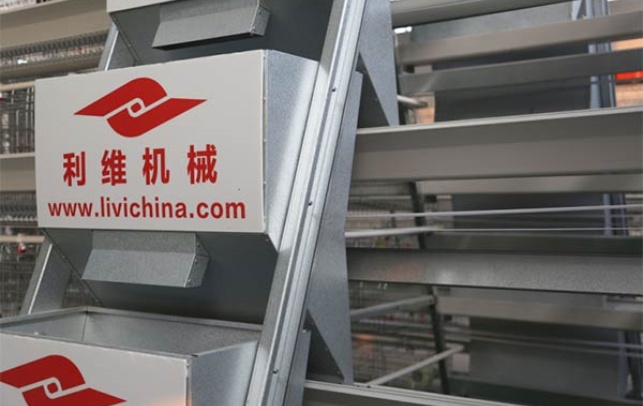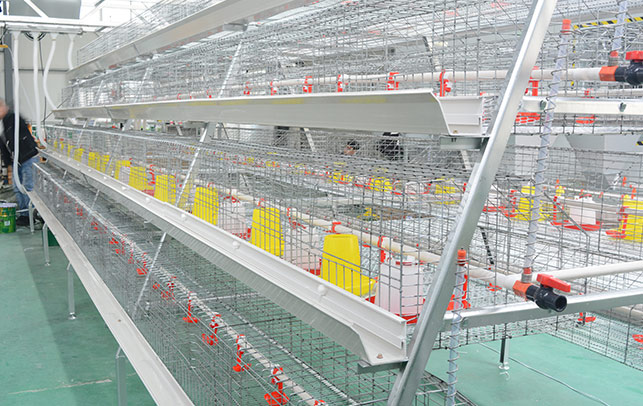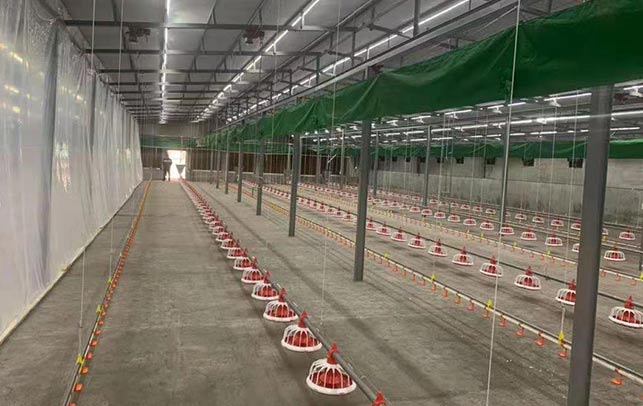How to start a 10,000 laying hen farm in Kenya?
Time : 2024-11-06
Development of Laying Hen Farming Industry in Kenya
The laying hen farming industry in Kenya has shown significant growth and potential in recent years. With an increasing demand for eggs and poultry products, many farmers are looking to venture into commercial egg production as a source of income. The conducive climate and availability of resources make Kenya an ideal location for setting up large-scale layer farms.
Start a 10,000 Laying Hen Farm in Kenya: A Step-by-Step Guide
Step 1: Conduct Market Research
Before starting a 10,000 laying hen farm in Kenya, it is crucial to conduct thorough market research to understand the demand for eggs, pricing trends, and consumer preferences. This information will help in developing a business plan and making informed decisions throughout the setup process.
Step 2: Secure Suitable Land
Identify and secure a suitable piece of land for your layer farm. The location should have access to water sources, electricity, and be in proximity to markets for easy distribution of eggs.
Step 3: Obtain Necessary Permits
Ensure compliance with local regulations and acquire the necessary permits and licenses for operating a commercial layer farm in Kenya. This step is essential to avoid any legal issues in the future.
Step 4: Construct Housing Facilities
Build appropriate housing structures for the laying hens. The facilities should provide adequate space, ventilation, lighting, and nesting areas to ensure the health and productivity of the birds. Quality layer equipment from reputable suppliers like Livi Machinery can greatly enhance the efficiency of your farm.
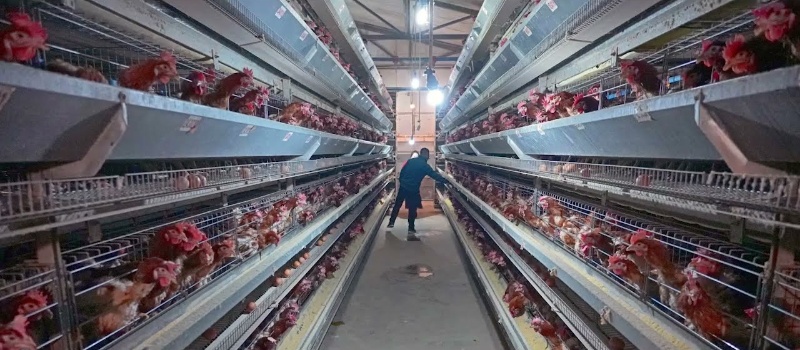
Step 5: Source High-Quality Chicks
Procure high-quality day-old chicks from reliable hatcheries. The selection of healthy and productive breeds is crucial for the success of your layer farm. Proper vaccination and healthcare protocols should be followed to maintain the well-being of the birds.
Step 6: Implement Feeding and Management Practices
Develop a feeding program based on the nutritional requirements of laying hens. Invest in quality feed and automated feeding systems to ensure a balanced diet for optimal egg production. Implement proper management practices for hygiene, disease control, and daily care routines.
Step 7: Monitor Performance and Productivity
Regularly monitor the performance and productivity of your laying hens. Keep track of egg production rates, feed conversion ratios, and overall flock health. Make adjustments to your management practices as needed to maximize efficiency and profitability.
Step 8: Marketing and Distribution
Develop a marketing strategy to promote your eggs and establish distribution channels. Building relationships with retailers, wholesalers, and consumers will help increase sales and market reach. Ensure product quality and consistency to maintain customer satisfaction and loyalty.
Best Layer Equipment Supplier in Kenya – Livi Machinery
For farmers looking to start a 10,000 laying hen farm in Kenya, Livi Machinery stands out as the best supplier of layer equipment in the country. Livi Machinery offers a wide range of innovative and reliable poultry farming equipment designed to optimize production and ensure the well-being of the birds.
From automatic egg collection systems to climate control solutions, Livi Machinery provides farmers with the tools they need to set up a successful and efficient layer farm. With a focus on quality, durability, and customer satisfaction, Livi Machinery is a trusted partner for poultry farmers in Kenya.
In conclusion, starting a 10,000 laying hen farm in Kenya requires careful planning, investment in quality equipment, and adherence to best practices in poultry management. By following these steps and working with reputable suppliers like Livi Machinery, farmers can establish a thriving layer farm that meets the growing demand for eggs in the Kenyan market.






